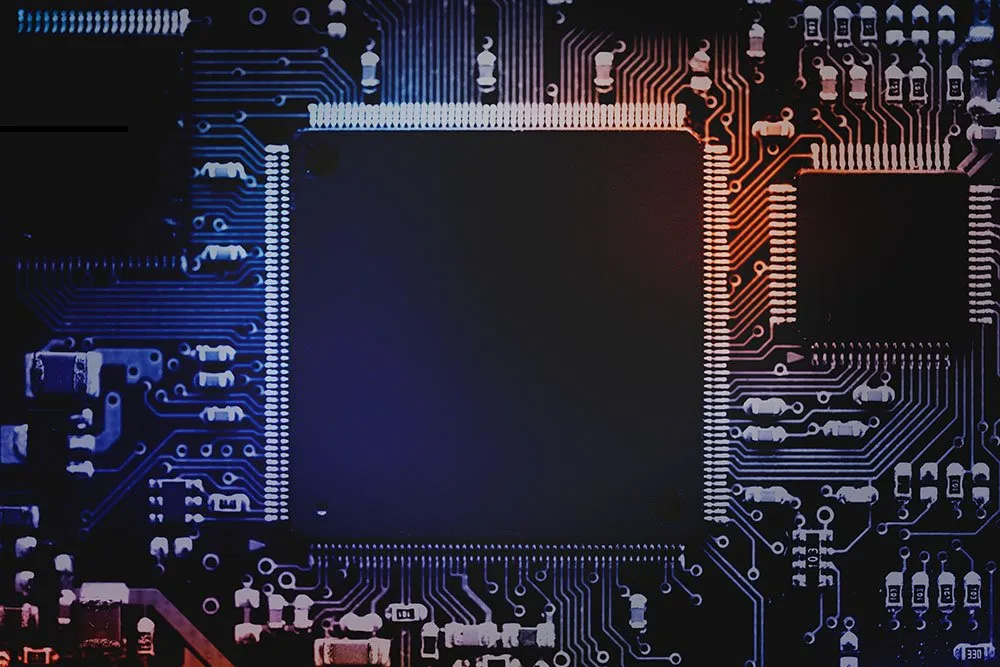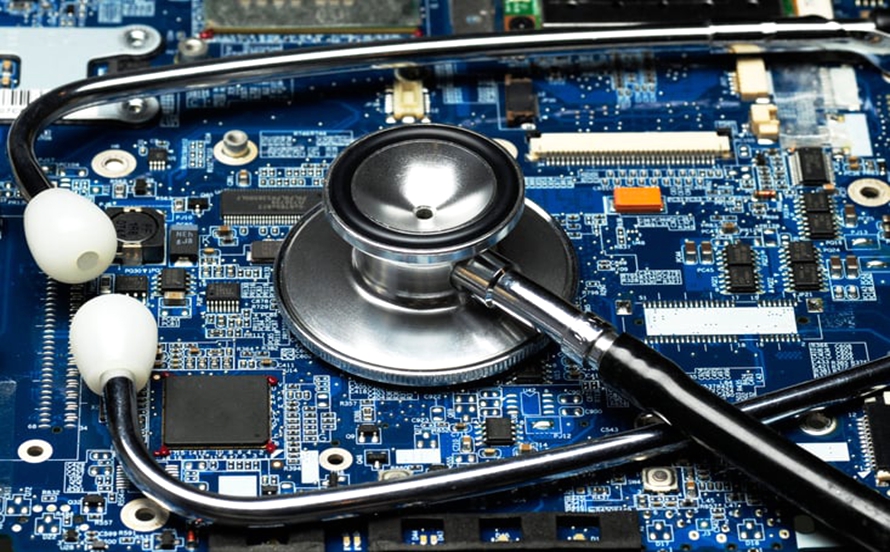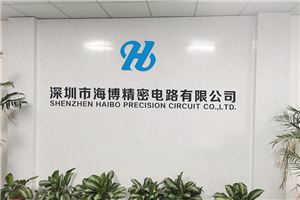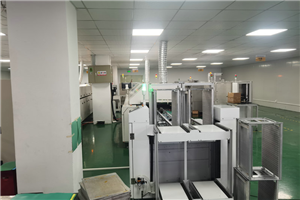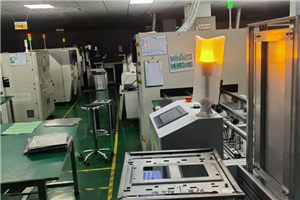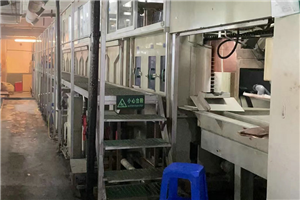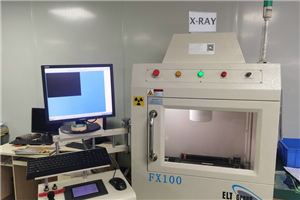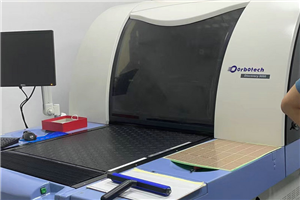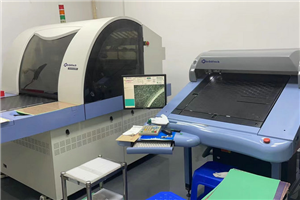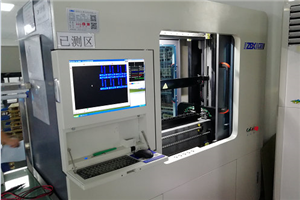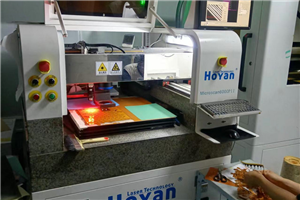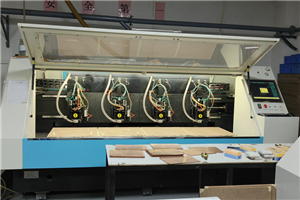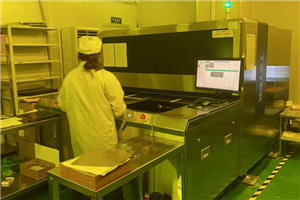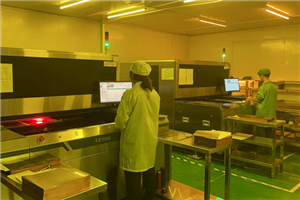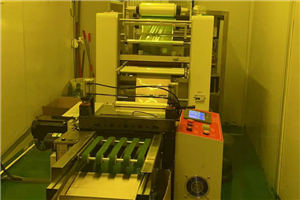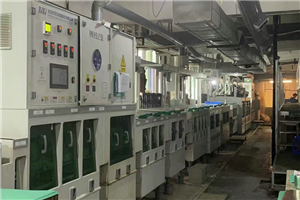Diagnostic imaging equipment: Medical circuit boards are essential components in today's diagnostic imaging equipment, such as X-ray machines, CT scanners, MRI scanners, ultrasound machines, etc. They help to process and transmit image data faster, enabling medical professionals to intuitively understand the anatomy of the body for diagnosis and treatment planning.
Patient monitoring system: It is also suitable for collecting, processing, and displaying vital signs such as blood pressure, heart rate, blood oxygen saturation, and patient temperature. The medical system is equipped with bedside monitors, patient wearable devices, and telemetry systems, which help provide real-time information for continuous evaluation of patients in hospitals, home care, or clinics.
Therapeutic equipment: Treatment plans such as electrotherapy, nerve stimulation, and defibrillation are crucial for implementing medical PCB. These devices specifically emit controlled electrical pulses or energy to certain parts of the body to control pain, stimulate nerves, promote tissue healing, and regulate heart rhythm.
Surgical equipment: Medical equipment PCBs are integrated into surgical instruments to improve accuracy, control, and safety during the surgical process. Some similar technologies today include electrosurgical devices, laser systems, endoscopic cameras, robotic surgery, and so on.
Drug delivery system: Medical PCB is used in drug delivery systems to control drug dosage based on patient conditions and physiological feedback, according to parameters applicable to individual patients. In order for such operations to be effective in the system, microcontrollers, sensors, and wireless communication must be integrated together. These will optimize drug efficiency, minimize side effects, and improve patient conditions.
Implantable medical devices: Some life-saving implantable devices have been introduced, such as pacemakers, implantable cardiodefibrillators (ICDs), neurostimulators, etc. These devices are implanted into the body through surgery to regulate, monitor, or stimulate physiological functions. This is achieved through the ability of biocompatible medical devices to work in challenging environments such as the human body.
Laboratory analyzer: Medical PCBs are also used in laboratory analyzers and diagnostic equipment for automatic sample processing, biochemical analysis, and molecular detection. These include blood analyzers, immune analysis systems, and DNA sequences.
Patient assistive devices: Medical PCBs have played a significant role in improving the mobility, communication skills, and quality of life of disabled or critically ill patients. They are integrated into devices to provide assistance for people with limited mobility. For example, prosthetics, communication aids, electric wheelchairs, and assistive robots all have built-in PCBs, which can help people with special needs to some extent.
Remote monitoring: With the help of medical PCBs, it has become easier to implement remote medical care and monitor patients remotely. This implementation allows healthcare providers to remotely access patients and manage their health status. Wearable sensors, home monitoring kits, and remote medical platforms are some things that can help with this process.


